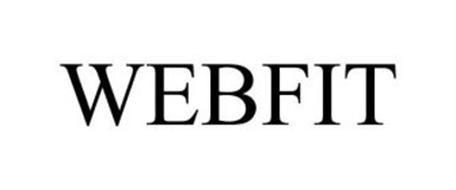
Counterfeit clubs can sometimes be spotted on the auction site through a large price difference - a big fluctuation between the selling price and the traditional retail for the clubs. Buyers can start out by protecting themselves on ebay golf purchases by starting with a seller that has a high feedback rating, versus a newer seller whose numbers are low. Purchasing golf clubs online or on ebay can be one of the trickiest buys in checking authenticity. A fake club can cost only three to five bucks to produce in China, and those clubs can end up in the hands of rip-off artists who - ironically - end up selling the clubs at a price not far below the actual retail. With golf clubs retailing for $70 to $90 each - or even hundreds per club - counterfeiters stand to make a hefty profit on good fakes. Callaway receives an average of at least four daily reports of suspected fake clubs being offered on eBay. Buying from any person or shop who is not an authorized dealer can seriously up the odds for receiving counterfeit clubs. Major golf club manufacturers like Callaway are continuously plagued by knock-offs bound for the United States from China. The fact that only Ping manufactures golf clubs in the United States doesn't help the problem for the industry: since most golf-related items are imported from other countries, the imports leave lots of room for fakes to squeak by Customs officials. Because golf clubs are an expensive investment, the golf club and sporting goods industry - along with other luxury goods - the profit potential creates a fertile ground for counterfeiters. While it's not impossible for fake goods to get in the hands of authorized retailers by mistake, consumers stand a better chance of obtaining authentic merchandise. The best tip for buyers is to purchase clubs and major equipment from authorized retailers when possible. If the magnet test can't verify whether clubs are counterfeit, there are other indicators to help verify authenticity: While the test won't work on older clubs like Big Bertha produced earlier in the decade, it works well on many expensive clubs now produced with newer and light materials. Magnets automatically stick to steel or other lesser grade metals or materials. If a magnet sticks, the clubs are counterfeit: Magnets will never cling to titanium or tungsten golf clubs. A magnet won't stick to the head surface or shaft if the equipment is actually titanium. The "Magnet Test" works for clubs that are supposed to be titanium including the new pricier clubs by manufacturers - like the Callaway Fusion.

The newest way to check golf club sets containing potential counterfeits is as simple as a magnet.

Customs agents sized 519 batches of fake golf goods that were imported into the country in 2009, and another 786 related counterfeit golf merchandise in 2010. Customs continues to seize golf balls, golf apparel and clolthing, golf clubs - and even the small stuff like club covers. Chinese counterfeits continue to rise in every industry - with numbers in the sporting goods industry and golf-related goods continuing to rise. The counterfeit industry is now on a massive scale: 15 to 20-percent of all goods in China are counterfeit. Fakes can look virtually identical-but there's a simple test and some clues to tell whether those golf clubs are on the up-and-up, or knock-offs straight from China. Golf clubs are one of the most popular Father's Day gifts but the vast volume of counterfeits can make it hard to know if you're getting the real deal.


 0 kommentar(er)
0 kommentar(er)
